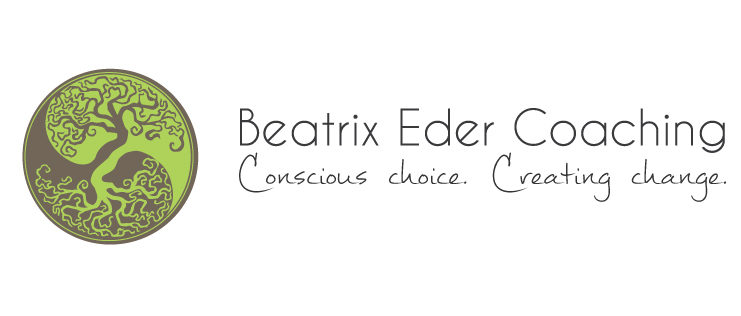
Live the story you want to tell
How our narrative shapes our brain
The structure of your brain is shaped by the thoughts, emotions and behaviors you have on a recurring basis. What stories do you tell yourself and the world?
Your beliefs become your thoughts,
Your thoughts become your words,
Your words become your actions,
Your actions become your habits,
Your habits become your values,
Your values become your destiny.
Mahatma Gandhi
The way you use your thoughts affects your brain: it’s up to you to channel whether your thoughts have a positive or negative impact on your life.
You might be oblivious of the number of stories you tell during your day: stories about what you experienced, how you feel, what you plan to do, how you understand the people and the world around you….
Stories as a tool for persuasion
Each and every one of us is a storyteller. Stories help us to orient ourselves in space and time and the words we use have power: words make the difference between feeling recognized or disregarded, loved or unappreciated, energized or depleted, understood or ignored.
The human brain is wired for stories: stories are like bridges between the head and the heart. We remember better stories than plain information of facts, numbers, keywords and lists.
The way you tell your stories, you choose your perspective and your perspective gives meaning to your experience. Telling your story helps you understand the events in your life. Telling your story persuades people of your point of view and creates shared meaning. Above all, telling your story persuades You of your own point of view.
Henry Ford said: Whether you think you can or whether you think you can't, you're right.
Stories that describe overcoming a challenge give us hope and confidence in our abilities to master the events of life and maintain a positive outlook. On the other hand, stories in which we see ourselves as failure also become patterns ingrained in our brain.
Our narrative and how it affects neural patterns in the brain
Our brain has about 100 million neurons and it is the command center of our body. These neural patterns are like roads in a forest: every time you repeat a movement, a mental activity or an emotional experience, the road gets strengthened and neuronal circuits are being formed.
This ability of changing the functional connectivity of the brain is what neuroplasticity explores. Even though the concept of neuroplasticity has been suggested already around 1890, it is not until the 1990ies that it has been recognized as an important part of brain science.
Since our understanding and our memory are closely linked, it is easy to realize that our narratives make it easy for the brain to build and strengthen neural connections. The stories we tell ourselves and to the people around us help us to organize our experiences and connect them with emotions.
Negative stories contain elements of exaggerated self-criticism, harsh tone, pessimistic outlook, fear and worries. These narratives can create and reinforce thinking patterns of self-doubt, future-doubt, other-doubt and world-doubt.
Positive stories contain elements of self-compassion, kind tone, optimistic outlook and confidence. These stories can enhance the connectivity between the amygdala and the pre-frontal cortex.
The amygdala-PFC circuit
You can think of the amygdala as our alarm-center: it is the region of the brain where emotions are integrated and it controls how you react to an event. The prefrontal cortex (PFC) on the other hand is the region that is implicated in complex thinking, planning, decision-making and emotional regulation.
This is a critical circuit in our brain: the more frequently this “forest road” is walked, the better we can regulate and express our emotions and experiences in a positive way.
Molecular biologist John Medina explains in his bookBrain Rules: “When the brain detects an emotionally charged event, the amygdala releases dopamine into the system. Because dopamine greatly aids memory and information processing, you could say it creates a Post It note that reads, ‘Remember this.’” This neurological mechanism has a direct impact on the stories we tell the world and ourselves and over time they define our life.
What is your story?
Coaching is in a way an examination of our stories and the filters through which we see the world. When we use our narratives in a conscious way, we can apply a language to invoke things in our life.
Questions you might ask yourself
- What are the main stories of your life?
- What is a recurring pattern in your stories?
- What do you tell yourself when something did not work out the way you would have wished?
- What triggers your negative stories?
- What are the roles that are showing up frequently?



